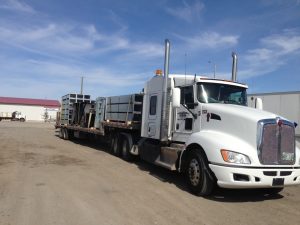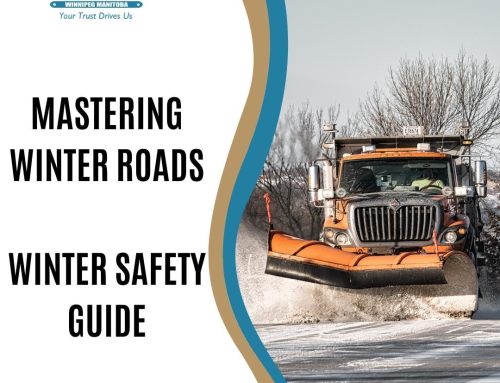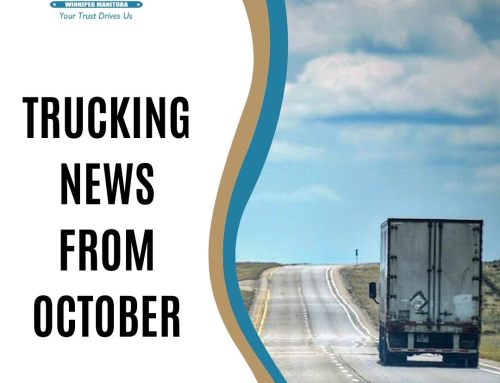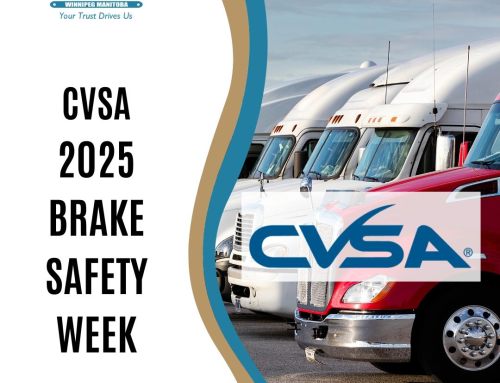 It is the driver’s responsibility to ensure the safe securement of freight on the trailer regardless if you are hauling dry van, reefer or a flat deck. Ensuring that the freight you are hauling is secured will prevent damage to clients’ freight, shifting loads, and preventing loose object from falling from the vehicle in a collision or other hazardous condition.
It is the driver’s responsibility to ensure the safe securement of freight on the trailer regardless if you are hauling dry van, reefer or a flat deck. Ensuring that the freight you are hauling is secured will prevent damage to clients’ freight, shifting loads, and preventing loose object from falling from the vehicle in a collision or other hazardous condition.
Improperly secured freight is a DOT violation and can lead to hefty fines, go against your driver’s report and your companies CSA score.
Make sure that you have the proper securing equipment before you leave your home terminal. Buying straps and other equipment on the road can add up quickly.
Safety Rules for Securing Freight
- Check load platform, bodywork, and cargo securing equipment are sound and serviceable. If there are any problems they should be reported to the maintenance department right away.
- Secure cargo so that it cannot move, roll over, wander because of vibrations, fall off the vehicle, or tip. The securing equipment must withstand the conditions of the journey, such as bad roads and weather conditions.
- Verify that the load is safely secured before leaving the shipper, double check securing equipment is properly positioned. When possible stop and verify that the load is secure within 50 miles of leaving the shipper. It is also suggested that the load be checked every three hours or 150 miles, whichever occurs first, and during your pre-trip inspection.
- The strap or cargo net Working Load Limits (WLL) must be equal to or greater than one half (1/2) the load being secured.
- For cylinders and liquid containers, do not use chain binders or binders without straps. Snap binders are safety hazards because the possibility of snap back.
- For palletized loads, verify that pallets are properly placed on the truck bed in close proximity to anchor points and secured.
- For loose, smaller items that are difficult to strap in place, use a multi anchoring point cargo net to cover and secure the entire load. Cargo nets are also good for securing just about any load of any size and weight within its WLL.
- Ratchet assemblies or cargo nets should not protrude over the edge of the pallet to prevent abrasion from friction. Load should not exceed pallet capacity.
- Evaluate the vehicle load capacity and the weight of the load; the heaviest items should be positioned in the center over the wheels while lighter loads should go to the rear of the vehicle.
Drivers need to be aware of the laws and their responsibility to properly secure every load being transported. If you experience any problems with a shipper during the loading process of the freight you should contact your dispatch or drivers service department before you leave the dock. Any violations regarding the freight securement will be issues to the driver and/or the company you work for, not the shipper, so it is important to communicate the safe loading and securement of freight to ensure that you don’t run into any problems.




